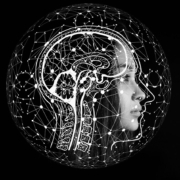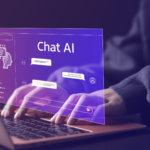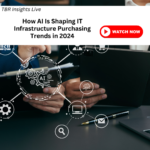GenAI in Telecom: Transforming Operations from Front to Back Office
Key GenAI Use Cases in the Telecom Industry
Generative AI (GenAI) will be utilized in all major domains of communication service providers (CSPs), including in customer care, administrative functions, IT, sales, marketing and the network, with the bulk of outcomes pertaining to cost savings.
TBR’s research indicates the domains that will be the most disrupted by, and also yield the greatest ROI from, the use of GenAI are customer care, administrative functions and sales. For example, the cost of operating contact centers could be reduced by as much as 80% via the use of GenAI.
In addition to significant cost reduction, CSPs can expect to derive other benefits from GenAI, such as better customer outcomes and lower churn compared to more traditional, human agent-centric contact centers. GenAI chatbots are expected to behave like seasoned, top-rated human agents, able to guide customers and address their issues in a much more efficient manner.
Principal Analyst Chris Antlitz Discusses AI/GenAI Use Cases and Early Wins as well as Shortfalls of the Type of Return on the Heavy Investments in 5G and 6G — Click the Image to Watch the full video now!
Future Trends in GenAI for Telecom
Though CSPs may generate incremental revenue from GenAI in terms of revenue protection (e.g., using GenAI in contact centers to mitigate churn), upsell (e.g., using GenAI in contact centers to upsell customers), GPU as a Service (e.g., selling access to GPUs to CSPs’ end customers in data centers hosted by CSPs) and the resale of vendor solutions (e.g., CSPs reselling their partners’ GenAI-related solutions), the bulk of the benefit from GenAI will pertain to cost reduction.
Cost reduction encompasses making the workforce more productive (e.g., using GenAI to augment workers, enabling them to complete more tasks in a given time frame), optimizing the workforce (e.g., reducing headcount), and generating savings through non-labor-oriented means such as via energy optimization (e.g., leveraging GenAI to make more informed decisions about how to optimize network and IT systems, thereby reducing energy usage).


 Supatman via Canva Pro
Supatman via Canva Pro